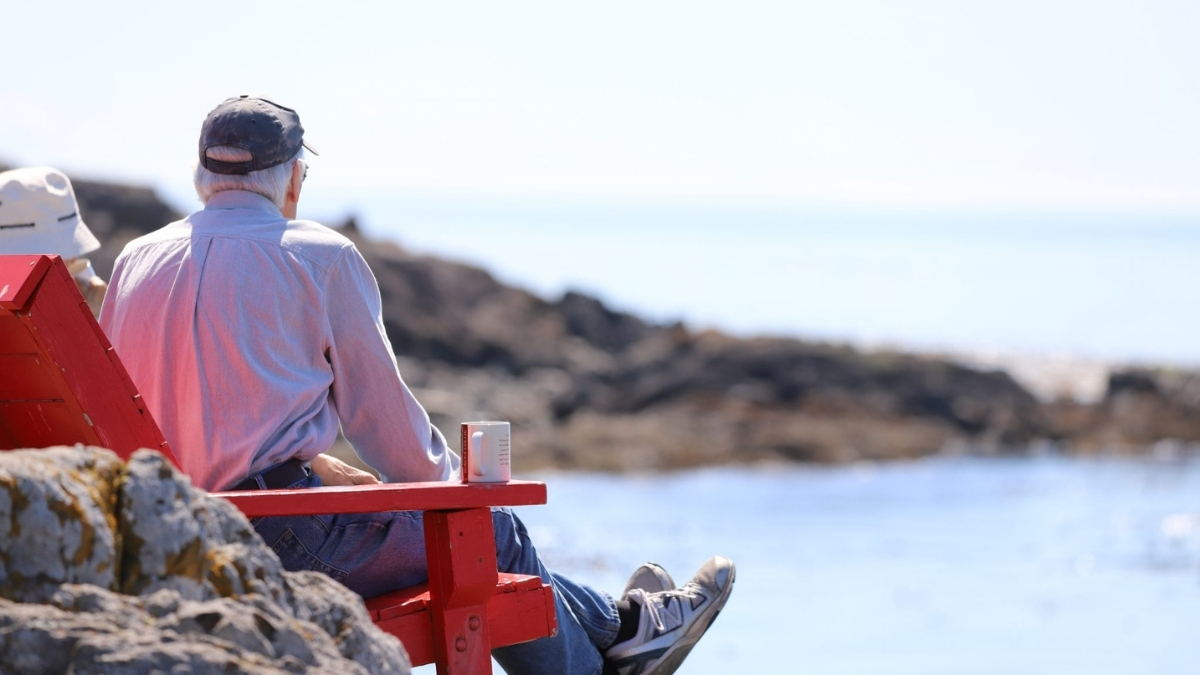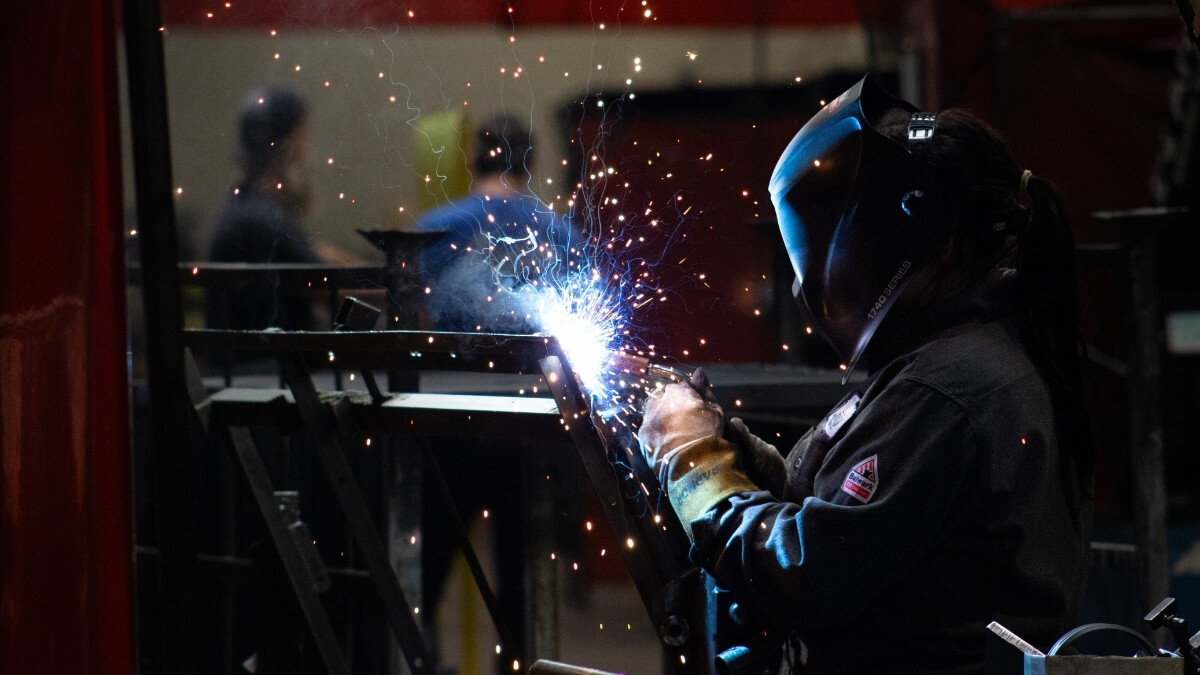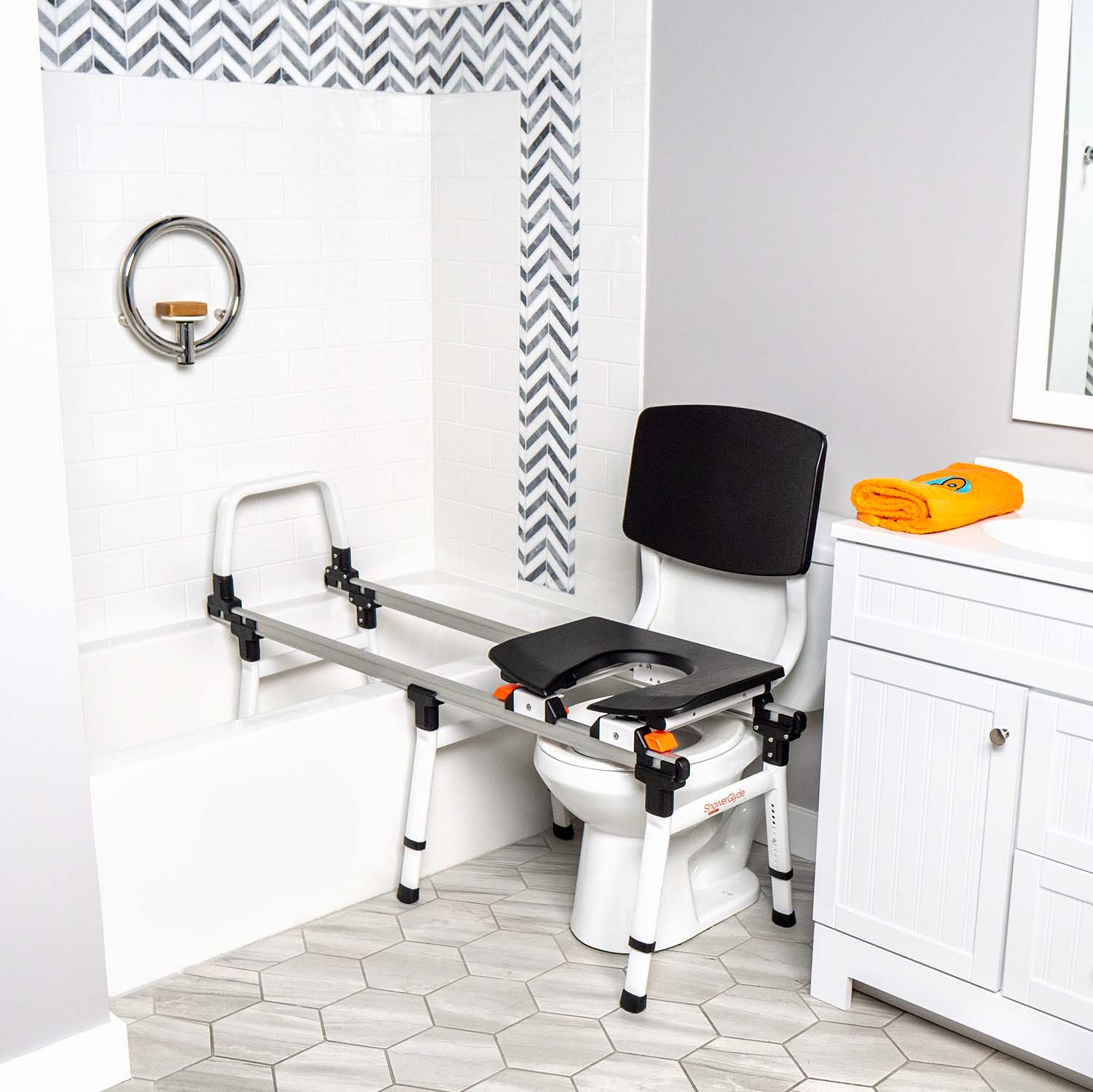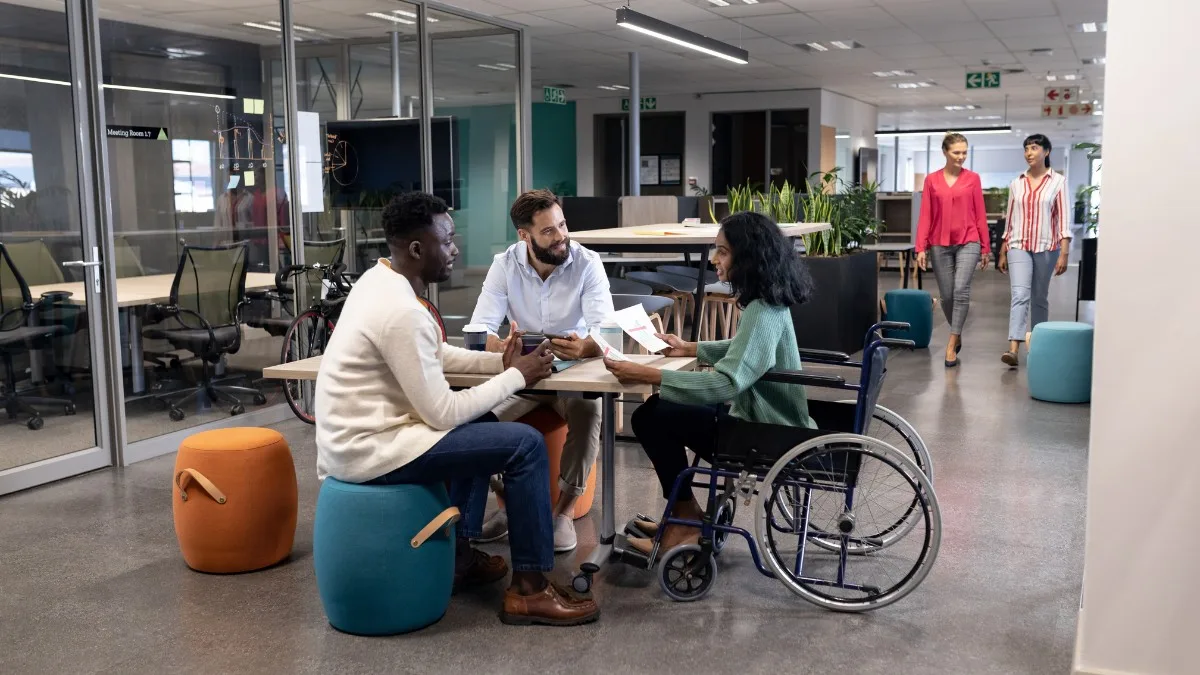In an ideal world, everyone would have equal access to their surroundings and the ability to move around safely and independently. However, for older adults and individuals with disabilities, navigating everyday obstacles can present significant challenges. Hazard recognition becomes crucial in promoting their safety and well-being. Fortunately, Amramp Accessibility offers a comprehensive range of innovative solutions that empower individuals, providing them with the freedom to move and live life to the fullest.
- Ramps: Bridging the Gap: Amramp’s extensive line of ramps serves as a lifeline for individuals with mobility limitations. Whether it’s a small threshold or a series of stairs, these modular ramps provide a seamless transition. Designed for durability and ease of use, Amramp’s ramps offer a safe pathway for wheelchair users, allowing them to navigate indoor and outdoor spaces with confidence and independence. Where ramps may not be possible, Amramp also offers stairlifts and platform lifts.
- Grab Bars and Handrails: Stability and Support: Preventing falls and ensuring stability are paramount concerns for older adults and people with disabilities. Amramp offers a variety of grab bars and handrails that can be installed in strategic locations throughout a home or public space. These support systems provide a reliable means of balance and stability, reducing the risk of accidents and promoting confidence in day-to-day activities.
- Stairlifts: Ascending with Ease: For individuals facing mobility challenges when it comes to traversing stairs, Amramp’s stairlifts offer a safe and convenient solution. These motorized devices are designed to transport individuals smoothly and securely between different levels of a building. With intuitive controls and built-in safety features, stairlifts provide peace of mind while maintaining independence within the home.
- Portable Showers: Maintaining Hygiene and Dignity: For individuals with mobility challenges, accessing bathing facilities can be a complex and potentially hazardous task. Amramp’s portable showers provide an ideal solution, enabling individuals to maintain their personal hygiene without the need for expensive renovations or home modifications. These portable units are designed for easy installation, ensuring accessibility and comfort for users while maintaining privacy and dignity.
- Threshold and Floor Transitions: Smoothing the Way: Uneven surfaces and abrupt transitions between rooms can present significant obstacles for individuals with mobility limitations. Amramp’s threshold and floor transition solutions offer a smooth and seamless way to navigate these barriers. By eliminating tripping hazards and creating a level surface, these products enhance accessibility and ensure a safer environment for users.
People can also make quick, but important changes within their homes to help recognize and prevent hazards for everyone, including older adults and people with disabilities. By de-cluttering, keeping floor space clear and clean, and placing non-slip mats in areas such as the kitchen and bathroom, you can help prevent some of the most common hazards.
Amramp Accessibility is dedicated to enhancing the lives of older adults and people with disabilities by providing innovative products that prioritize safety and independence. By offering an extensive range of solutions, including ramps, grab bars, stairlifts, portable showers, and floor transitions, Amramp empowers individuals to overcome everyday obstacles and navigate their surroundings with ease. With Amramp, hazard recognition and prevention becomes a tangible reality, allowing individuals to live life to the fullest and enjoy the freedom they deserve.




